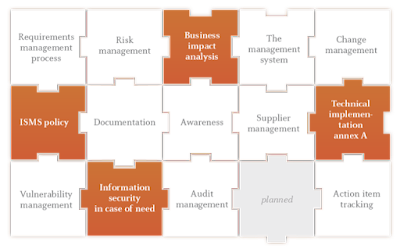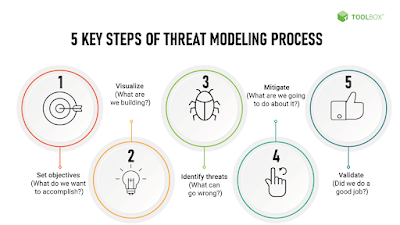Best Practices for secure Software Development

image : OpenSense Labs Are you aware of the Solarwinds attack in 2020? The hackers exploited software vulnerabilities of Orion IT monitoring and management software used by thousands of enterprises and government agencies. This hack triggered a larger scale supply chain incident which affected thousands of organizations, including the U.S. government. The attackers infliltrated the Solarwinds network, and infected the software used for Network monitoring before it shipped to customers.This insident and many more warn us on the importance of building secure software. Secure software development is a methodology used for creating robust software by incorporating security practices into every stage of the software development life cycle (SDLC). It begins at planning stage before a single line of code is written, and continue through the life cycle. A bug fixing at implementation stage cost six times than fixing it during design stage. Every new feature added, may carry series o...





